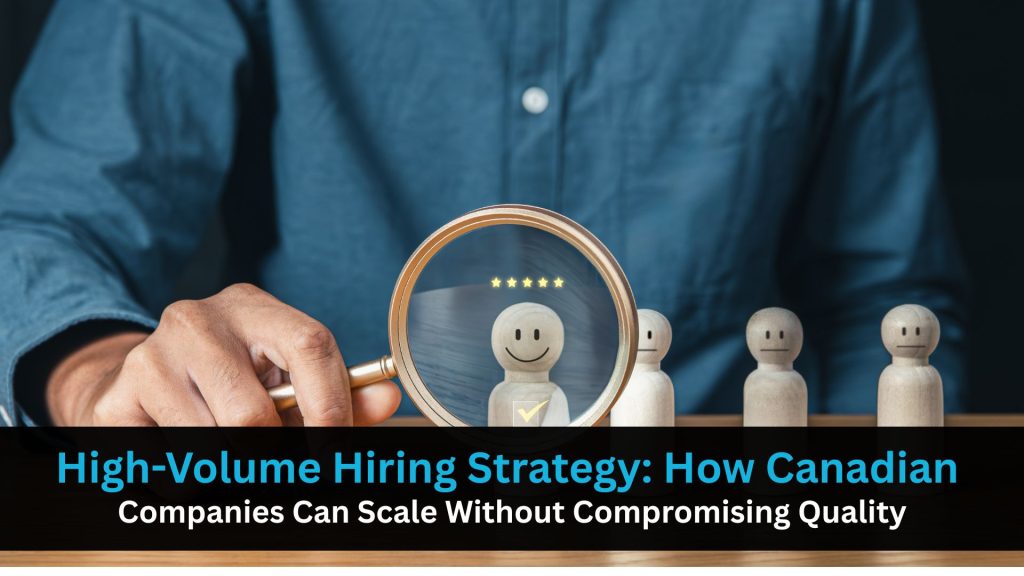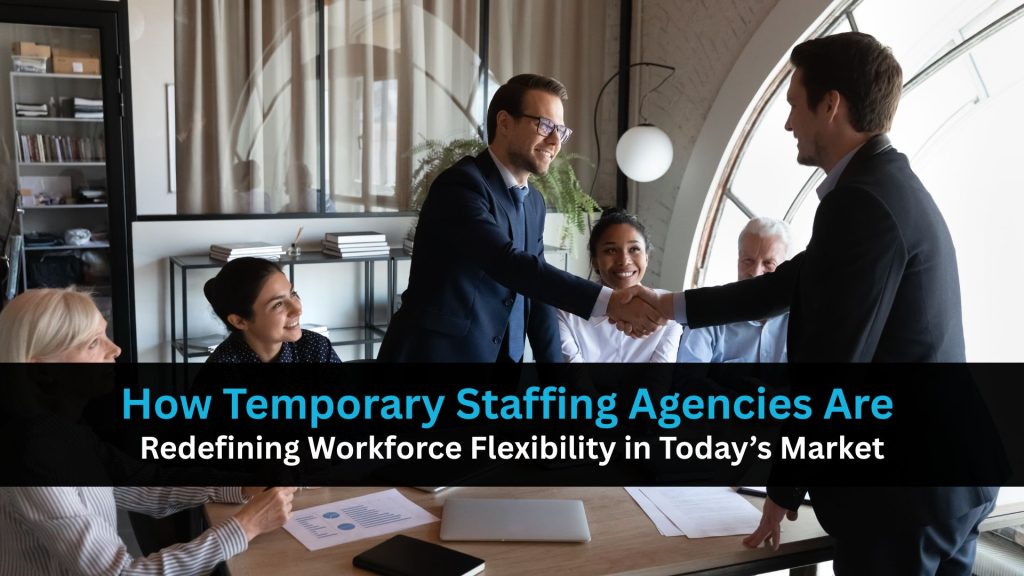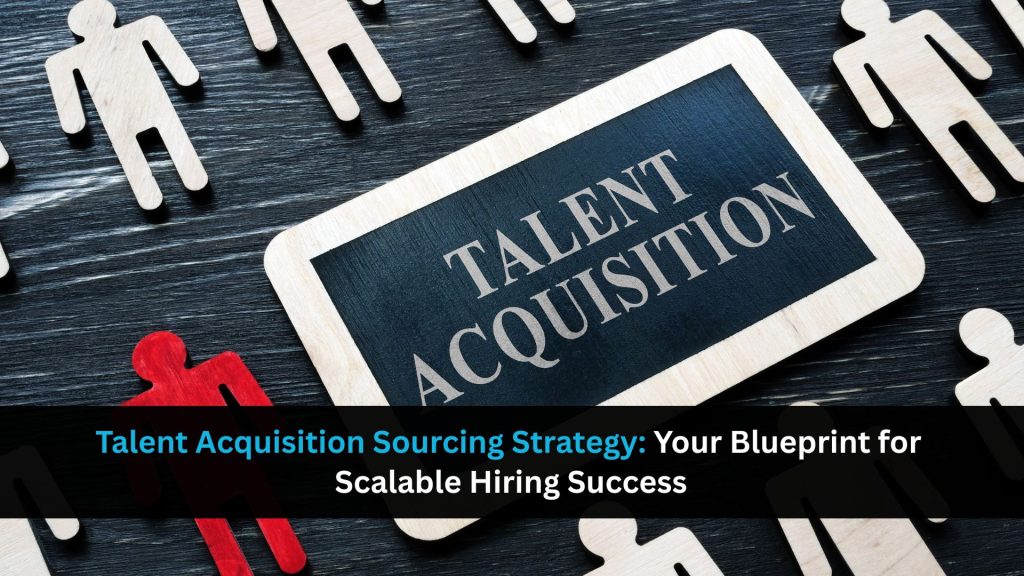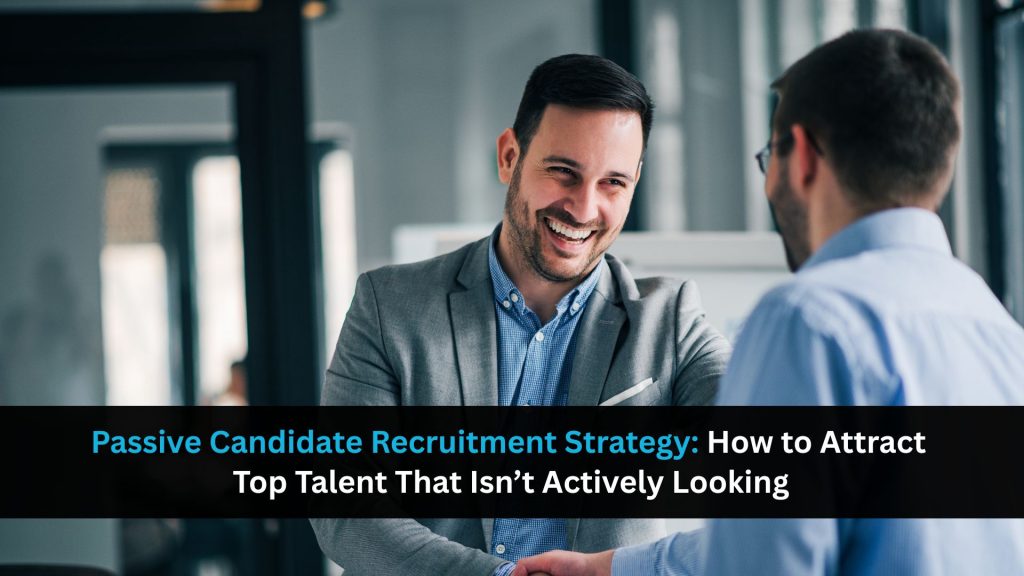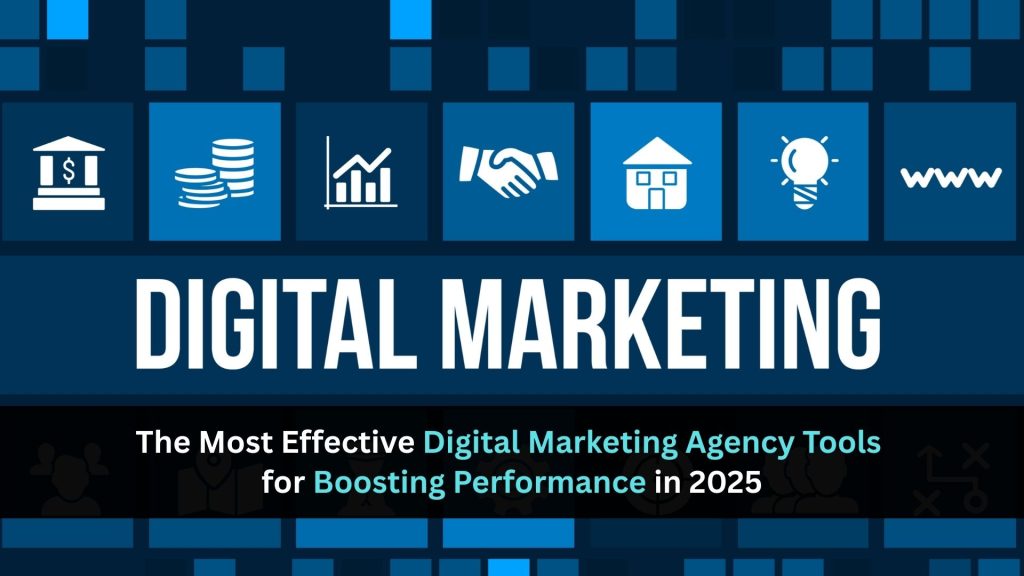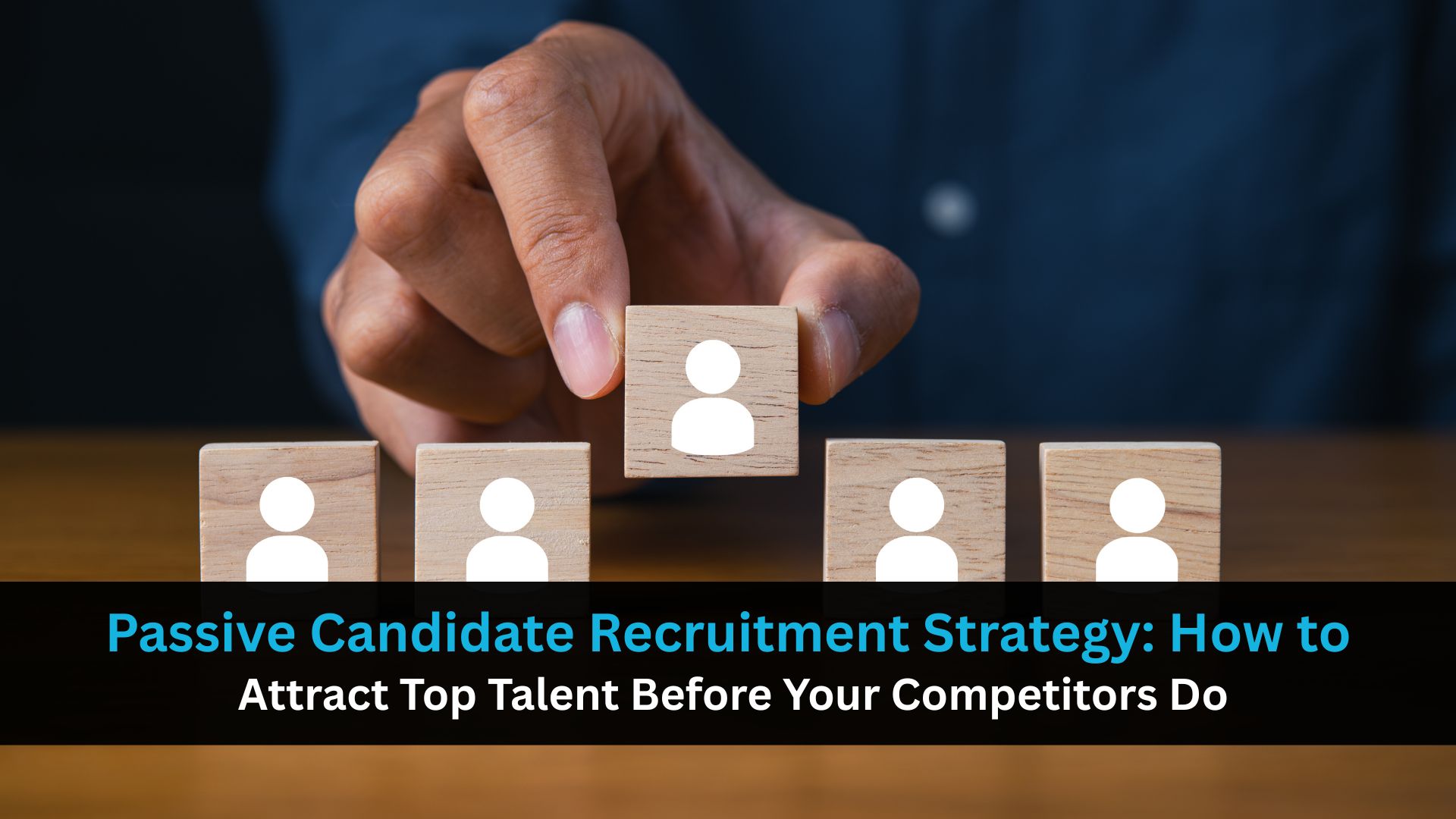
Table of Contents
TogglePassive Candidate Recruitment Strategy: How to Attract Top Talent Before Your Competitors Do
What Is Passive Candidate Recruitment?
Active vs. Passive Candidates: What’s the Difference?
In recruitment circles, “active” candidates are those actively applying for jobs—they’ve put their résumé out, they’re watching job boards, they are ready to move. By contrast, a passive candidate is someone who is not actively looking, but may still be open to the right opportunity. These individuals often represent the hidden talent pool—currently employed, competent, and being sought after.
For example: a mid‑level software engineer content in their current role, but intrigued by a new challenge; or a senior manager perfectly placed but willing to explore an opportunity that aligns with their long‐term ambition.
Why Passive Candidates Are Often the Best Hires
There are several reasons where passive candidates can outperform active ones:
- Less competition: fewer recruiters chasing them means less bidding wars and more potential for a tailored fit.
- Higher skill sets: since they’re happy where they are, they often stay because they’re good at what they do—so if you engage them, you’re looking at quality.
- Better culture fit: engaging early lets you build a relationship, showcase your brand, and align values before they even consider leaving their current job.
In short, a focused passive recruitment strategy allows you to tap into talent your competitors haven’t yet engaged.
Why You Need a Passive Candidate Strategy—Now
The Shrinking Talent Pool
Speed Matters: First‑Movers Win
In the race for top talent, the organisation that engages the passive candidate first often secures the hire. Once a passive candidate is approached and feels appreciated and well‑informed, you build trust and a potential relationship. If your competitor waits until you post the job publicly, you’ve already lost momentum. Utilising expert RPO solutions can give you the speed and structure to engage early, meaningfully, and efficiently.
RPO provider brings infrastructure, process discipline, candidate‑experience frameworks, and often dedicated staff to proactively source, engage and nurture passive candidates.

How to Build a Passive Candidate Recruitment Strategy
Step 1 – Strengthen Your Employer Brand
Your employer brand is your silent ambassador. Passive candidates aren’t actively searching job boards—they’re busy in their roles. So your employer brand must reach them where they already are: their networks, professional groups, social media, industry events. Showcase your culture, values, growth opportunities, and why your organisation is a place they’d choose—not because they’re looking—but because they’d want to be part of it.
Step 2 – Leverage Social Media & Content
Use social platforms and content marketing to tell your story. Create content that appeals to passive candidates: what’s your mission? What makes you different? What opportunities exist for growth and impact? This is where you combine your branding with outreach in meaningful ways. For more on sourcing via social, see our blog on how social‑media sourcing is a core element in today’s strategy.
Step 3 – Use Talent Pools and CRM Tools
Instead of waiting for requisitions, build a “warm audience” of potential hires. Use a CRM or talent‑community approach to segment and nurture these passive candidates—keep them informed, engaged, and connected to your brand. This doesn’t mean spamming them—it means respectful, periodic communication, value‑added content, and spotlighting roles that align with their career trajectory.
Step 4 – Personalise Outreach
When you approach someone who is not actively looking, you must tailor your message. Generic LinkedIn outreach won’t cut it. Research their career, share why this role aligns with them specifically, mention how you found them, and what impact they could have at your company. The best messaging avoids the “sales pitch” tone and instead begins a conversation about possibility—not just opening.
Step 5 – Partner with an RPO Provider
Bringing in a strategic recruitment process outsourcing (RPO) partner can accelerate every aspect of this strategy. RPO providers bring technology, processes, benchmarks and experience that internally teams may lack. At Bumsa, our RPO services support proactive pipelines, candidate‑experience optimisation and metrics tracking, freeing you to focus on your core business. Using an RPO partner helps you structure your passive‑candidate efforts with data, process discipline and scalability.
Common Mistakes to Avoid in Passive Hiring
When pursuing a passive candidate recruitment strategy, beware of these pitfalls:
- Generic outreach: mass messages where the candidate feels like “one of many” rarely yield responses.
- Ignoring follow‑up: passive candidates are busy; they may not reply immediately. Respectful follow‑up keeps the dialogue open.
- Failing to track metrics: Without monitoring response rates, source of hire, time‑to‑engage, you won’t know what’s working. Solutions such as those outlined in our blog on RPO performance: how to measure and improve your business tactics can help.
- Not integrating with your employer brand: if the outreach doesn’t mirror your brand story, you confuse or lose credibility.
- Only switching into action when there’s an urgent role: building passive pipelines takes time; waiting until you need someone will often mean you’re behind.
Conclusion
FAQ's



